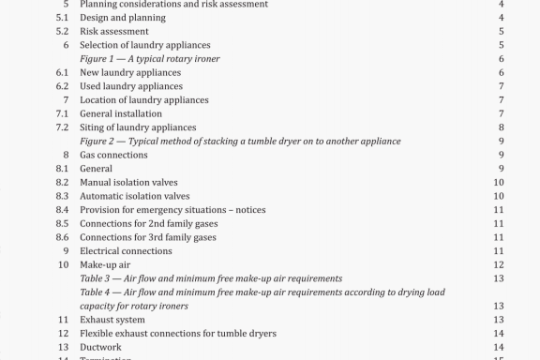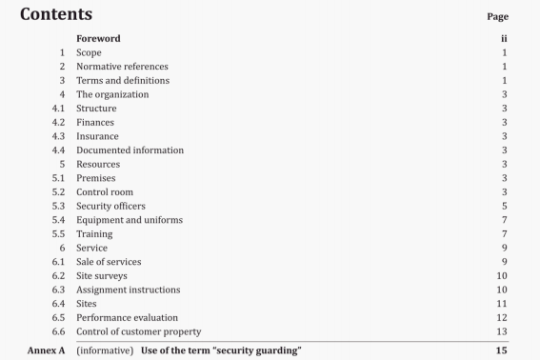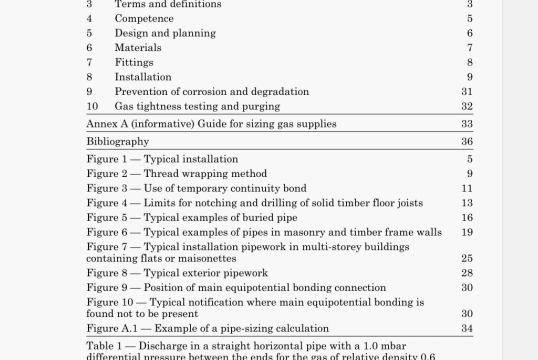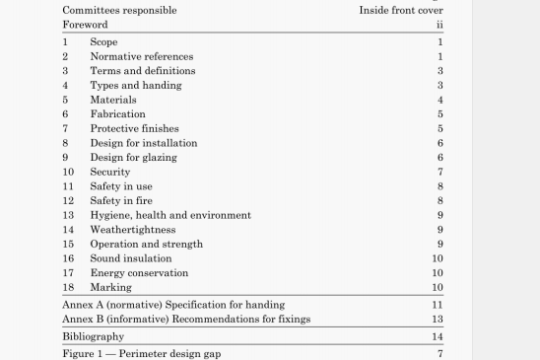BS EN 15969-2:2011 pdf download
BS EN 15969-2:2011 pdf download.Tanks for transport of dangerous goods – Digital interface for the data transfer between tank vehicle and with stationary facilities Part 2: Commercial and logistic data.
8 Description of trip management
8.1 Handling of several trips
Any number of orders of record type 0, combined wi trips of record type H. can be transferred to the truck. Each order record may be followed by 0 to n product records of type P.
The operator selects one of the pre-planned trips at the truck. TNs trip record is duplicated into me return data, filled with the actual data and saved. The internal trip number h tour no in the return data starts at 1 and is incremented by 1 at every trip. The internal tour number in the return data is not related with the internal tour number in the planned data. In the office, the correlation of the planned data to the return data is shown in field h_tour_id, If field h_tour_id is empty, it is an unplanned trip. If a planned trip is selected repetitively, field h_tour_id in the return data contains the original information. The field h_tour_id is unique in the planned data. but it may not be unique in the return data.
8.2 Handling of a pseudo-trip with a pool of orders
It is also possible to work with only one (pseudo.) trip with a pool of orders. The office deletes executed orders and adds new orders or modifies existing orders of this pool, but always within this trip. This tnp is a pseudo trip and always contains the orders for the next few hojrs There is no need to select a trip at the truck. This option Is configurable at the truck. Within the return data, the tr data contains the completed orders In chronological sequence. e.g. by day, or by shift, after a GIve change.
8.3 HandlIng of orders
Within a trip 0 to n orders exist. The operator chooses one of the given orders at the truck, this order record is duplicated into the return data and will be tilled with the actual processed data and saved. The internal order number o_ord_no within the trip is created in the return data, starts at 1 and is incremented by 1 at every order, The internal order number in the return data is not related to the internal order number in the planned data. In the office, the correlation of the planned data to the return data is shown in the field o_ord_id. If field o_ord_id is enty, it is an unplanned order, which has to be processed manually. If a planned order is selected a second time. e.g. because the first processing was not completed, held o_ord_id in the return data contains the original information. The field o_ord_id is unique in the planned data and may not be unue in the return data. If the field o_ord_id Is empty, this order has to be hanced manually Hi the office.
8.4 HandlIng of products
Within an order, 0 to 99 product records may exist. The operator chooses one of the given product records at the truck. This record is dlicated into the return data, filled with the actual data of the transaction (loading or delivery), and saved. The internal number ppos no within the order is created in the return data, starts at 1 and is incremented by 1 for every product record. The internal number in the return data i5 not related with the internal number in the planning data. In the office, the correlation of the planned data to the return data is shown in field p pos id. If held p_pos_id is empty, it is an unplanned product record. If a planned product record is chosen a second time, e.g. because the first time failed, field ppos id in the return data contains the original information. The field p_pos id is unique in the planned data and may not be unique in the return data. If an order contains unplanned product records or product records which are handled twice, is must be processed in the office,
9 Fields and records of RC_File
A record container (RC) file may contain records of one or more different types.
Fields and records of RC_File according to Table 5.




